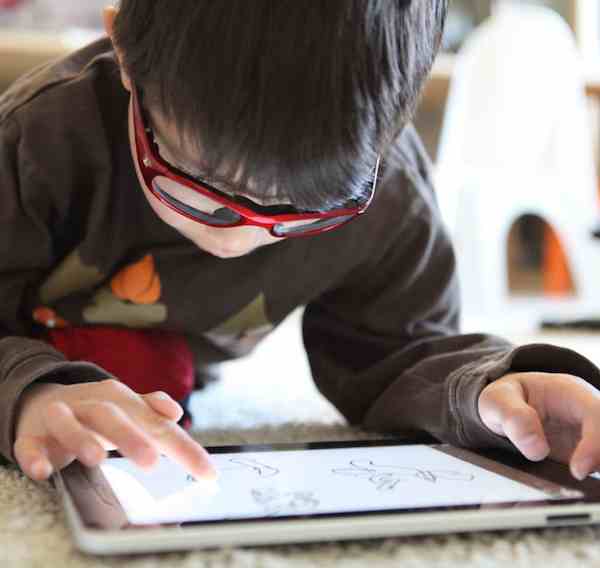A special iPad game was quickly effective in treating children with lazy eye over a two week period, and was more effective than the standard treatment of patching, according to a recent study.
Amblyopia is the leading cause of monocular visual impairment in children, affecting 3 percent of kids in the United States. It has traditionally been viewed as a monocular disorder that can be treated by patching the opposite (fellow) eye to force use of the amblyopic eye, but it does not always restore 20/20 vision or teach the eyes to work together. Because the condition arises from binocular discordance, binocular treatments are likely to yield better vision outcomes.
CHECK OUT: New Drug Inspires Hope For Alzheimer’s Cure
“We show that in just 2 weeks, visual acuity gain with binocular treatment was half that found with 6 months of patching, suggesting that binocular treatment may yield faster gains than patching. Whether long-term binocular treatment is as effective in remediating amblyopia as patching remains to be investigated,” the authors write.
MORE: First Ever Quadriplegic Treated With Stem Cells Regains Motor Control in His Upper Body
The researchers found the average visual acuity improvement after binocular treatment being more than double the improvement found with patching, and this was achieved with less than 50 percent treatment time required for patching (10 hours vs 28 hours of patching). Five of 13 children (39 percent) with binocular treatment reached 20/32 or better visual acuity compared with 1 of 14 children (7 percent) with patching.
At 2 weeks, patching children crossed over to binocular game treatment, and all 28 children played the game for another 2 weeks. At the 4-week visit, no group difference was found in BCVA change, with children who crossed over to the binocular games catching up with children treated with binocular games.
The study was published online in The JAMA Network Journals.
Don’t Be Lazy: Click To Share With Your Friends – Photo by Aperturismo, CC




















